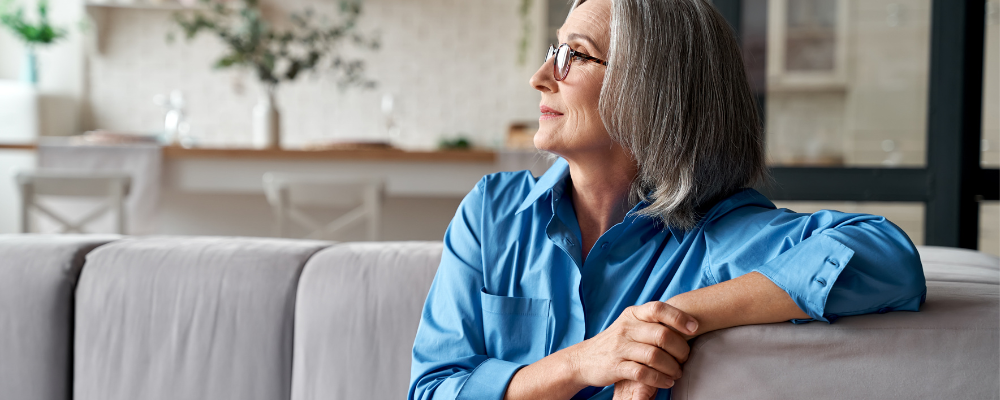In the past few months, our lives have changed drastically. There is no denying the stressful component that has been introduced during several months of lock down. Now, a simple trip to the grocery store can put me in panic mode. I avoid them at any cost. Fortunately, our bodies are designed to calm down and return to rest after an upsetting experience like this. However, the modern world we live in can be a continuous storm of struggles including financial setbacks, illnesses and pandemics, traffic, social media feeds, and juggling the demands of family life. Therefore, sometimes, we need additional help or reminders to keep the body functioning in its calm and cool state.
Part of our nervous system exists to help us feel relaxed and at peace and to prevent us from becoming overworked. Its formal title is the parasympathetic nervous system or PNS, for short. Later in this article, I will show you some triggers for the PNS which can help lower stress, reduce blood pressure, and help strengthen the immune system.
On the other hand, the sympathetic nervous system or SNS originates in the spinal cord and its function is to activate the physiological changes that occur during the fight-or-flight response (think high stress or dangerous situations). Most of us live in a chronic state of SNS over-activation which can leave us feeling chronically tired, stressed, and anxious.
So how do you find peace and calm amid a stressful situation such as this pandemic? Finding a balance between your PNS and SNS is the key.
First, take a moment to observe your breathing. Next, relax and let your breathing slow down. Then, breathe faster. Doing this simple breathing exercise, allows you to have conscious influence over your autonomic nervous system, which is usually on autopilot but this is an example of how you can take conscious control of the PNS system (rest & relax), helping to put you in the driver’s seat for your emotional well-being.
Here are some other tips for activating your parasympathetic nervous system:
1. You may want to dust off your rocking chair! Rocking can tap into the PNS and therefore is good for relaxation and pain management. Think about an upset child or someone who suffers from autism. They have a natural inclination to rock. Rocking increases circulation and releases endorphins in the brain which can reduce stress and pain. It’s also been proven to help with vertigo, back and knee pain and promotes relaxation.
2. Having a bad day? Try Yawning. Pioneer researcher on contagious behavior,
Dr. Robert Provine suggests that yawning is “associated with the change of
behavioral state- wakefulness to sleep, sleep to wakefulness, boredom to
alertness.” Yawning activates the SNS on inhalation and the PNS on exhalation
thus creating a balance in the autonomic nervous system. Research has also
shown that yawning is a way the body regulates brain temperature which helps to
keep us alert supporting attentiveness, vigilance, and other cognitive functions.
Yawning triggers blood flow to the brain and its surrounding areas of the head,
neck, and face.
3. Many of us have experienced the relaxation involved when taking a Yoga or
Pilates class. There is a reason these types of classes are considered Mindbody
Exercise. This type of movement is effective because it encourages us to focus
our thoughts inwardly on our body and away from our stress filled life. All adults
can benefit both physically and emotionally from this type of movement, but the
bottom line is that all exercise helps us cope better with stress. When we exercise
our body releases chemicals called endorphins. The endorphins we release
interact with the receptors in our brain to trigger a positive feeling in the body.
4. Taking small, regular, mindful breaks is the most important new concept in
ergonomics. Micro breaks during a busy day can allow you an ideal opportunity
to mobilize and de-stress. The goal is to take a thirty second to one-minute
break three or four times an hour. This small break allows us an opportunity to
douse our nervous system and stimulate muscles with movement. Mobilizing our
body just feels good and moving regularly is an ideal way to maintain
musculoskeletal health and wellbeing. Sprinkle each of the following exercises
throughout your day for thirty seconds to one minute.
Nod or Chin Tuck: One of the most effective postural exercises for combating neck
pain is the chin tuck exercise. This exercise helps strengthen the muscles that pull the
head back into alignment over the shoulders (upper thoracic extensors) and, stretches
the scalene and suboccipital muscles. It is a subtle move and can be performed
standing, seated, or lying down. Start by looking straight ahead and then lower your
gaze down towards your belly button. As you lower your eyes the head will follow.
Then slowly look straight ahead. Only work within a pain free range of motion. This
is a very gentle movement.
Neck Release: Next keep the chin slightly tucked by looking down as you gently tilt
the ear towards the right shoulder hold for a few seconds then return to the centre and
repeat movement on the other side. Work in a range that is comfortable and pain free.
This release can be helpful for a huge array of common upper back, shoulder, and neck
problems.
Shoulder Rolls: Start by rolling the shoulders one at a time alternating back and
forth like you are trying to pull your shoulder blade to the center of your back with each
roll. After the shoulders are warmed put a little more shoulder into the exercise with
bent arms first like you are performing a back stroke. As the arms warm up you can
lengthen the arms out but be certain to work in a range of motion that feels good for
you.
Palming: Palming was developed over a hundred years ago by Dr. Bates and has been
used by Buddhist Monks for relaxation. We’ll talk about Dr. Bates and some of his
exercises for eye health in a future article. Palming can be done anywhere and is a
great way to give your brain a rest. Rub your hands together vigorously to warm them
up. Close your eyes, relax your hands, and cup your palms lightly over your eyes with
the sides of your hands against the sides of your nose and the fingers on your forehead.
Keep the pressure as light as you can being certain there is not pressure directly on the
eyes. We want to avoid light coming in as much as possible to eliminate external
stimulation. As you palm, relax, and let your mind drift.
Many of us try to balance our stressful life with vacations or weekend getaways. This
kind of binge and purge approach to stress management is not as effective as sprinkling
calm into your everyday life. And remember, calm is contagious.






